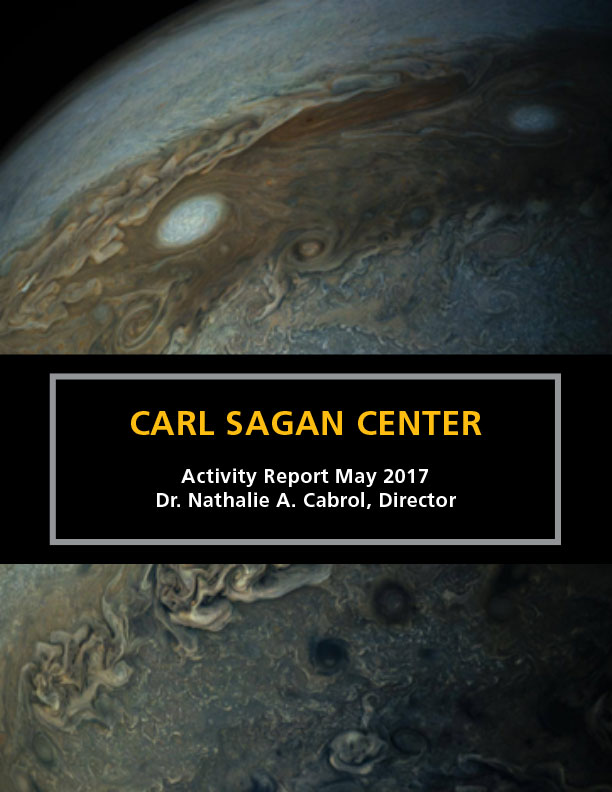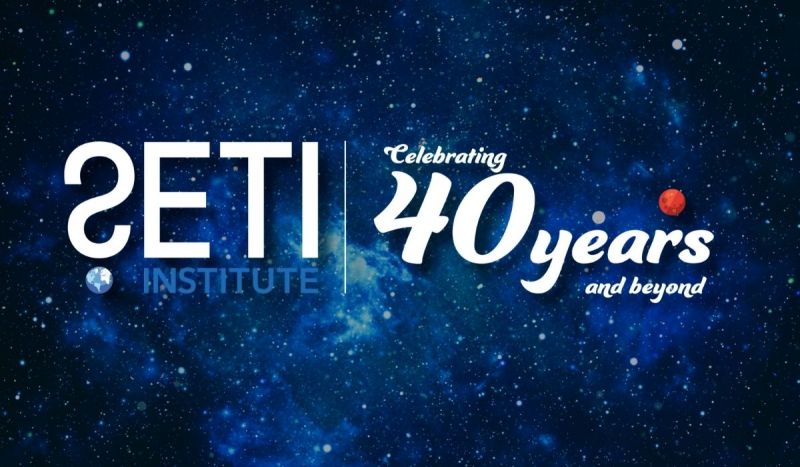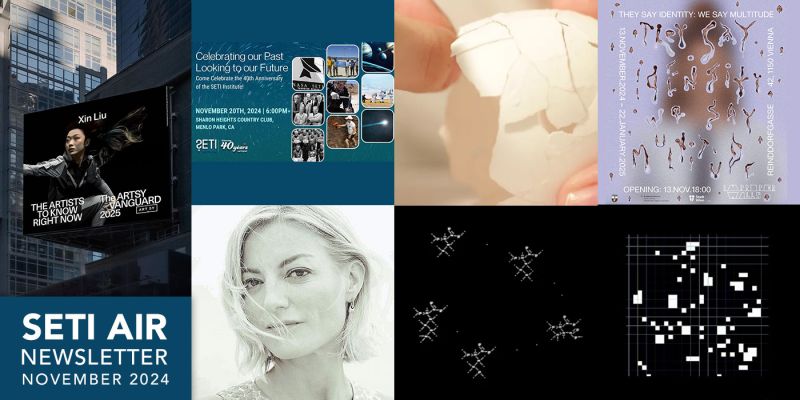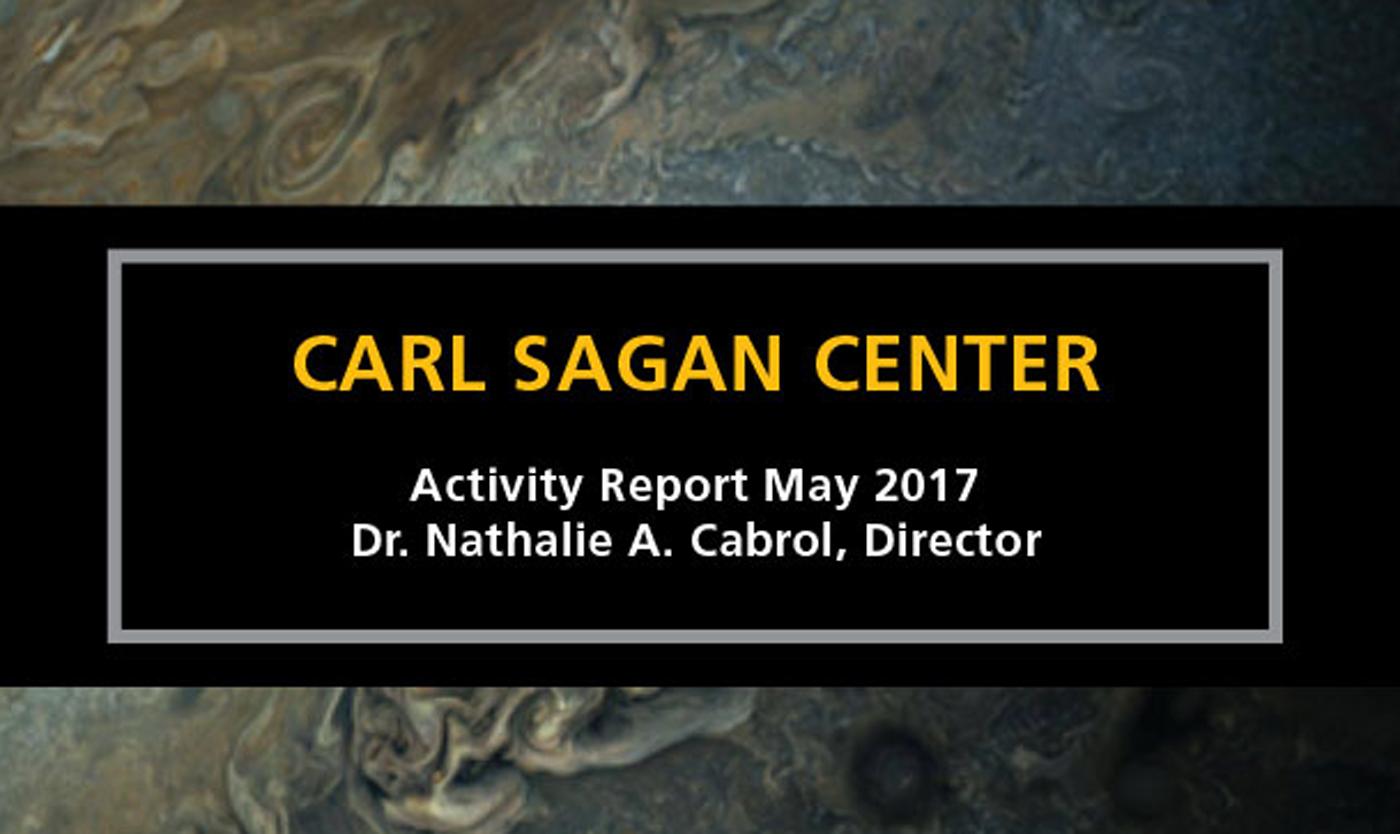
The Carl Sagan Center Activity Report for May 2017 is out and can be downloaded here The SETI Institute scientists have had a busy spring and here are some highlights:
- 19 papers accepted or published in peer-reviewed journals such as The Astronomical Journal, Icarus and The Astrophysical Journal
- SETI Institute scientists participated in conferences and events including the International Planetary Dunes Workshop, the Conference on Environmental Systems, the Planetary Defense Conference and the American Astronomical Society’s Division on Dynamical Astronomy Meeting
- SETI Institute experts wrote for or were interviewed by popular media including The Verge, Newsweek, Time and NBC News
- Public speaking events included presentations to students at several middle and high schools, appearances at Caltech and Stanford University and a talk at Denver Comic Con
- Facebook Live events in May visited Janice Bishops minerology lab, joined Franck Marchis and Michael Busch at the Planetary Defense Conference in Tokyo and also went to Namibia with Bill Diamond. All our Facebook Live event videos can be viewed on the SETI Institute Facebook page.
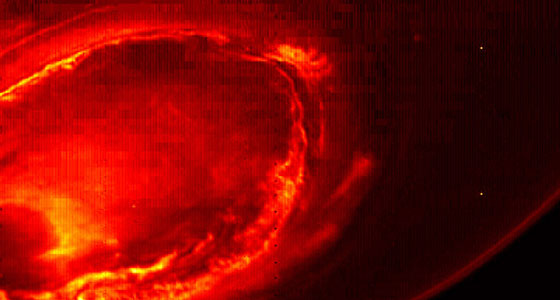 Exoplanet or Star?
Exoplanet or Star?Last year an object 316 light years from Earth was discovered using the SPHERE imager of the European Southern Observatory (ESO) Very Large Telescope (VLT) in Chile. HD 131399 Ab, also known as Scorpion 1b, was initially classified as an exoplanet.
Now, a re-analysis of the data, as well as new data from the Gemini Planet Imager (GPI) on the Gemini South Telescope, also located in Chile, raises new questions. SETI Institute Scientist Eric Nielsen was part of the team reviewing the data. “The analysis of the data reveals unexpected spectroscopic and astrometric results,” the team wrote in their paper. The new hypothesis is that Scorpion 1b is a dwarf star, and not a planet at all.
- Phys.org: Exoplanet HD 131399 Ab turns out to be a background star, new study finds
- Sputnik News: Astronomers Discover Giant Planet is Actually a Small Star
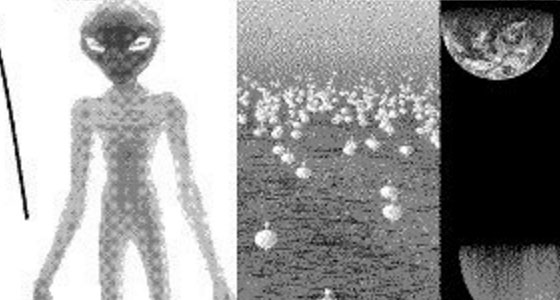 If We Do Receive a Message, How Will We Know What it Says?
If We Do Receive a Message, How Will We Know What it Says?Frank Drake, President Emeritus of the SETI Institute, is perhaps best known for coming up with the Drake Equation which he developed to foster a discussion about the likelihood of intelligent life elsewhere in the Universe. A pioneer of SETI research, Frank also wondered how we would understand an extraterrestrial message, should we detect one. In 1961, he created a test message to see if other people could decode it, which eventually, they did.
Now another researcher, Rene Heller from the Max Planck Institute for Solar System Research has repeated this exercise, this time, using social media – with quicker and similarly correct results.
- MIT Technology Review: How Social Media Users Decoded a Simulated Message from Extraterrestrials
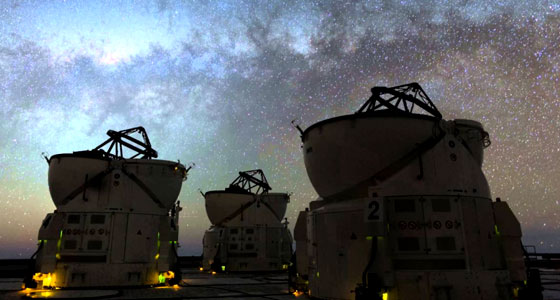 StarTalk Radio
StarTalk RadioNeil deGrasse Tyson and SETI Institute Bernard M. Oliver Chair Jill Tarter the search for extraterrestrial intelligence, the Drake Equation, the movie Contact and more on June 6 episode of StarTalk Radio.
- The Daily Galaxy: StarTalk Radio with Neil DeGrasse Tyson – The Search for Extraterrestrial Intelligence
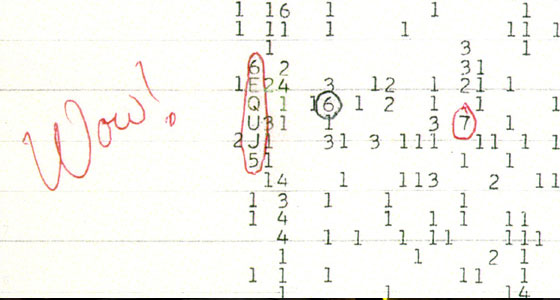 The “Wow!” Signal
The “Wow!” SignalNearly 40 years ago an unexplained radio signal, known as the “Wow!” signal was detected by Jerry Ehman using Ohio State University’s Big Ear radio telescope. Last year, Antonio Paris and Evan Davies published a paper suggesting the signal was really caused by a comet.
The SETI Institute’s Allen Telescope Array (ATA) has participated in efforts to recover the “Wow!” signal, along with other radio telescopes including the Parkes radio telescope in Australia, the National Radio Astronomy Observatory in West Virginia, and the Arecibo Observatory in Puerto Rico. Observations continue.
- SETI.org: Was it ET on the Line? Or just a comet?
- Futurism: The 40-Year Old Mystery of the “Wow!” Signal Was Just Solved
- Newser: 40-Year-Old Signal from Space is Finally Explained
Robert Bigelow believes aliens are already here on Earth and is funding the Bigelow Expandable Activity Module that may in the future be used as work spaces, labs and living quarters in space. The module was launched last year and is attached to the International Space Station for testing.
SETI Institute Senior Astronomer Seth Shostak contends that there is no evidence of alien life, yet.
- NBC News: Space Entrepreneur Thinks Aliens are Here. Is He Right?
- The Science Times: Aliens Visited and Migrated on Earth, Space Entrepreneur Robert Bigelow Believes
- The Costa Rican Times: Are Aliens Here?
- News Target: Aerospace Company Founder Says Extraterrestrials Are Already Here on Earth
- Collective Evolution: Founder of Aerospace Giant, The Bigelow Corporation, Confirms that Extraterrestrials are Visiting Earth
- News 4C: Robert Bigelow Thinks Aliens Have Been to Earth
- Science Alert: This Millionaire Could Revolutionise Space Exploration – But Says Aliens are Already Here
Seth Shostak, SETI Institute Senior Astronomer and host of the radio show Big Picture Science wonders whether humanity should exercise caution in sending messages to extraterrestrial intelligence saying in an interview with Futurism, “If danger exists, we’re already vulnerable.”
Seth’s skeptical thoughts about Ridley Scott’s movie, Alien are based on science.
 Big Picture Science
Big Picture ScienceLast week, encore presentation Gene-y in a Bottle wondered if you can change your own DNA. This week, Science Fiction finds out what it takes to make it in the world of, well, science fiction.
- Smithsonian Magazine Future Con, June 16-18, Washington D.C. Bringing science fiction and fantasy together with serious science and cutting-edge technology. Seth Shostak with be a speaker.
- Starmus Festival IV, June 18-23, 2017, Trondheim, Norway A celebration of science and the arts. Presenters will include Jill Tarter, Bernard M. Oliver Chair for SETI at the SETI Institute and Nathalie Cabrol, Director of the Carl Sagan Center for Research at the SETI Institute
- Kepler & K2 SciCon IV: June 19-23, Moffett Field, CA SETI Institute scientists including Jeffrey Coughlin will participate.
- SETI Talks: July 12, Palo Alto, CA SETI Talks return featuring Jill Tarter, Sarah Scoles, Eliot Gillum and more.
- Virtual Reality in Space: The Next Big Thing: July 12, San Francisco, CA Franck Marchis will participate in a discussion about ways in which virtual reality might play a role in space exploration.
- Starship Congress 2017, August 7-9, Monterey, CA. A conference that explores pathways to allow human exploration of the galaxy. Franck Marchis will give a presentation.

